By: Rifa Berliana Arifin, Head of Arabic desk of MINA
Islamic Boarding School, Pondok Pesantren is an Islamic-style education system that has been very close to the people of Indonesia and Malaysia since ancient times.
Along with the development of times and thoughts, Islamic boarding schools also experienced a touch of change with the progress of time.
Today’s society recognizes Islamic boarding schools as modern boarding schools, and the focus of their learning is also different: there is the Tahfiz Islamic Boarding School, an ecopreneur Islamic boarding school where students are not only taught religious knowledge but are also engaged in economics.
Also Read: Gaza Cries Out, the World Stays Silent: A Wounded Humanity
The origin of the word pondok comes from the Arabic word ‘funduuq’ which means a boarding house/hut. In the context of naming huts, that is where the classical Islamic books are studied with the kyai/tuan guru (teacher). The huts that were erected are located adjacent to the mosque/surau where the santri (students) and kyai live.
Pondok is the oldest formal school in the Malay lands. It was founded by the ‘ulama’ to produce generations of ‘ulama’ and rabbani who serve the community.
The term Pondok naming is still familiar in Malaysia and Patani, while in Indonesia currently the majority use Islamic boarding schools and dayah for Aceh.
Despite being challenged by the times, the existence of Islamic boarding schools still exists and is needed by the Muslim community and even its superiority is not inferior to other education systems.
Also Read: Indo Defence Expo and Forum; Sharing Responsibility of Humankind and Environment
So, what are the characteristics of Islamic boarding schools that distinguish them from others? What is the distinguishing feature between Islamic Boarding and school/ma’had Tahfiz and Modern Religious School?
There are at least seven characteristics that characterize a madrasa or school called a Islamic Boarding. I have observed these points from the many types of Islamic boarding schools:
The first characteristic, Turath
One of the very special characteristics of learning at the Islamic Boarding is the recitation using the Turath book or also known as the classic yellow books of Ahlul Sunnah Wal Jamaah such as Syarah Alfiah ibn Malik, Shuzur Az Zahab, Minhajul Tolihin, Iqna ‘, Tafsir Jalalain, Al-Mahalli, Lataif Al Isyarah, Minhajul Abidin, Hikam Ibn Atha’illah, Ummul Barahin, Hasyiah Dusuki, Syarah Jauharah At Tauhid and others.
Also Read: Safiya Saeed: From Somali Migrant to First Hijab-Wearing Mayor of Sheffield
The second characteristic, Manhaj Knowledge
The cottage learning system is very ‘straight’ in this regard. Manhaj knowledge in the study must be clear so that there are no students who do not have a clear grip. Nanhaj science in Indonesian tradition, Islamic boarding schools usually hold tightly to As-Ash’ariah and Maturidiah as schools of Akidah, have love with the Shafi’i Madhhab in Fiqh (without refusing to study other schools of thought) and conclude neatly in the practice of Sufism of the Imam Al Ghazali, and Junaid Al-Baghdadi.
After the students are strengthened by these three religious proposals, then the students will be taught in various other disciplines in greater depth. When the roots are strong, God willing, the tree will be strong and the fruit will taste sweet.
The third characteristic, the study of the book sheet by sheet until Khatam
Also Read: Why Food Safety is Essential During Hajj Services?
The most important feature of the cottage system that distinguishes it from the lecture system (University) is that these turath books are read sheet by sheet until they complete talaqqi in front of their clerics. It is not only read out, but taught until all students understand the contents of the book.
The kyai of Islamic Boarding usually spells out the words, sentence by sentence that are broken down in the book and the students pay attention and often doodle in their books to keep them memorized.
The fourth characteristic, Pure
Islamic boarding schools are pure from a mixture of other systems. Not intending to deny the advantages of the tahfiz system or other academic learning, however, when students follow this system, focus is one of the keys. If they are interested in memorizing the Quran, they can focus on completing the memorization first before entering the cottage system.
Also Read: Indonesia Sign Language Mushaf Qur’an; A Sustainable Gift in Celebrating Pancasila Birthday
Likewise academic subjects, can be taken later. This is because the schedule of the boarding school students is very busy, starting after dawn until late at night. At least 7-8 books covering various disciplines will be read by the Kyai in a day.
The fifth characteristic, Arabic Instrumental Science
What is the strength and uniqueness of the Islamic boarding school is the mastery of Arabic language tools. The students learn sheet by sheet with the literal translation method of tool science books such as nahwu, nerves, balaghah (Maani, bayan and badi’), mantik and i’rab.
In addition, the students will be tested for their mastery of Arabic knowledge by reading the yellow book which is not in the presence of the kyai. They must read correctly by imitating the words they read so that they are correct in tahqiq and tadqiqnya.
Also Read: Leila Khaled, The Icon of Palestinian Women’s Resistance
Learning with this method will not be successful if the kyai does not read books other than Arabic, because during the talaqqi, the students hear how the kyai reads, recognize parables and acquire vocabulary.
The sixth characteristic, Adab
Adab is a science that is highly emphasized in the boarding school, even etiquette becomes the identity attached to the kyai and asatidz of the teachers and of course the students. In the cottage tradition in Indonesia, students who have just entered the cottage will be read the book of adab and strengthen the knowledge of fardhu ain.
The famous book of adab to read is Ta’alim Al Mutaalim. Kyai is not just reading the book of adab but mentarbiyah directly in the life of the kyai with the students. Therefore, the kyai of the Islamic Boarding must have a murabbi spirit to educate students.
Also Read: The Twilight of the Zionist Israeli State
If this is not the case, then there is no difference between the cottage system and the modern learning system in which the kyai only conveys knowledge in the classroom but there is no direct adab tarbiyah to the students.
The seventh characteristic, Living together
In Pondok, the santri live with the kyai because the kyai’s house and the santri hut are in the same area. This is an important tradition to maintain. The students will pray together, do dhikr with the kyai, do activities with the kyai and serve the kyai. This really gives an impression on the soul and spirit of the students.
When living side by side, there is an imitation of inner morals (tawadhu ‘, zuhud, patience) and outwardly high character from the kyai to the santri. Santri witnessed the noble character (zahir and batin) of their kyai face-to-face, practicing what was exemplified by their teacher.
Also Read: Prof. Abdul Fatah El-Awaisi and the Intellectual Roadmap for the Liberation of Al-Quds
The inner qualities of the kyai are transferred to the pupil, which is called by Sufism scholars as knowledge that passes from chest to chest which results in tazkiyah nafs (self-purification) from bad and bad things.
Conclusion
From these seven characteristics, it can be seen that the special characteristics and differentiator of the cottage system from other education systems are seen. Hopefully this system is lasting and open to change according to the times.
These seven characteristics are the essence of Islamic boarding school life. Changing the shape of the building is okay as long as it is not the foundation.
Also Read: Dr. Joserizal Jurnalis: Founder of MER-C and Indonesia’s Humanitarian Icon on the Global Stage
Hopefully this system of hundreds of years of inheritance will be maintained as a fortress for the education of Ulama’ ahlul sunnah wal jama’ah. (T/RE1)
Miraj News Agency (MINA)
Also Read: Crossing Zebra Cross with Earphone Attached on Two Ears: Keep Your Safety by Yourself Not Others





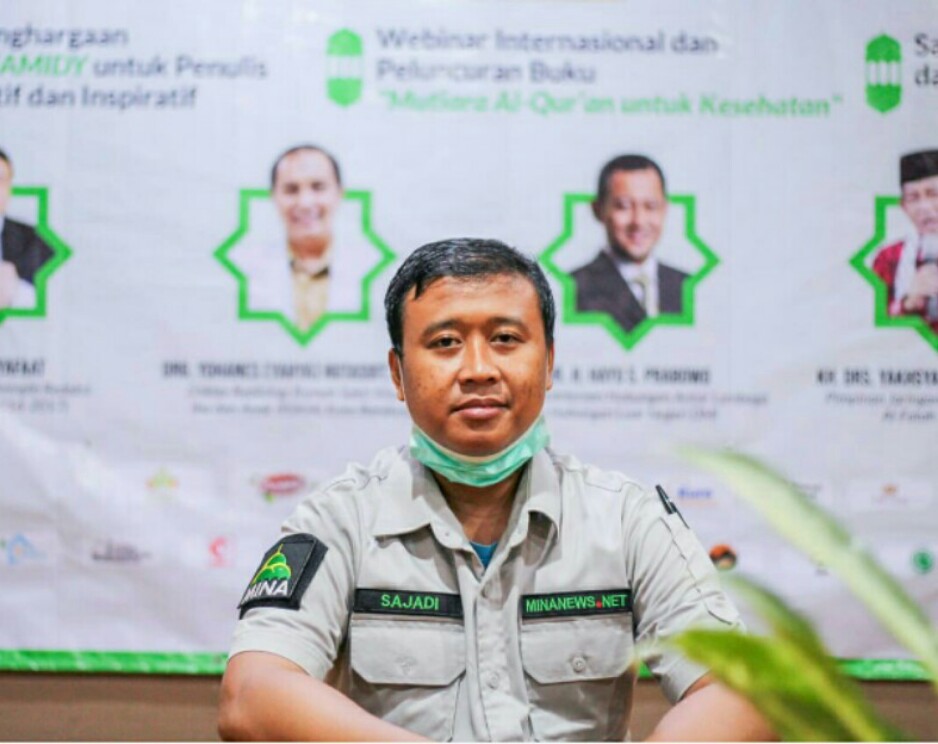
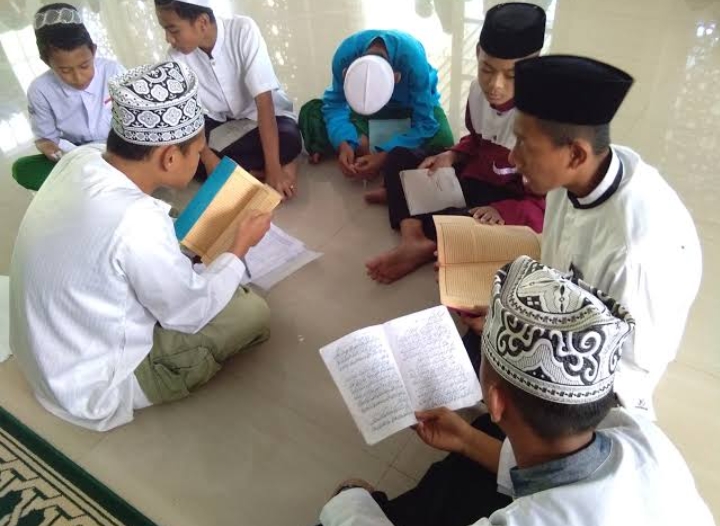


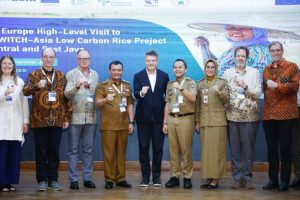



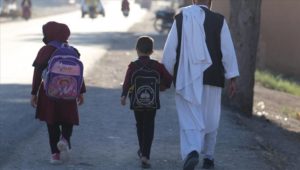



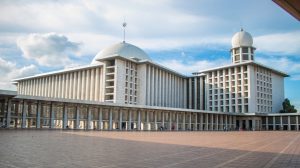



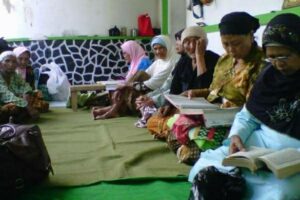








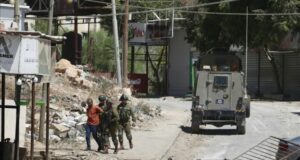
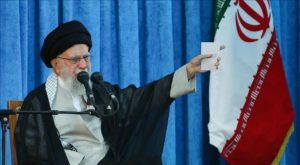






 Mina Indonesia
Mina Indonesia Mina Arabic
Mina Arabic